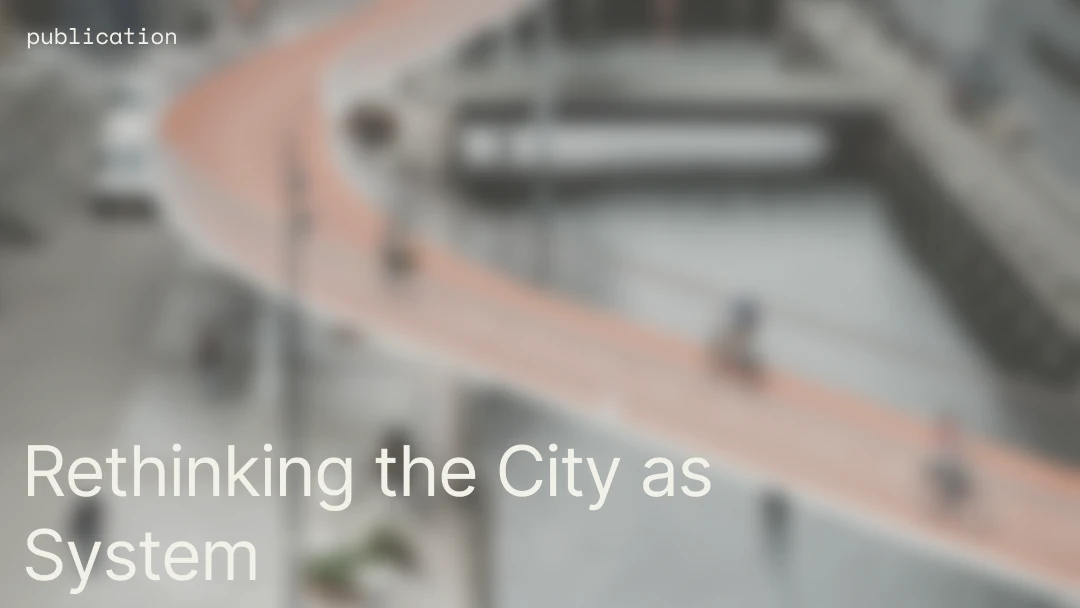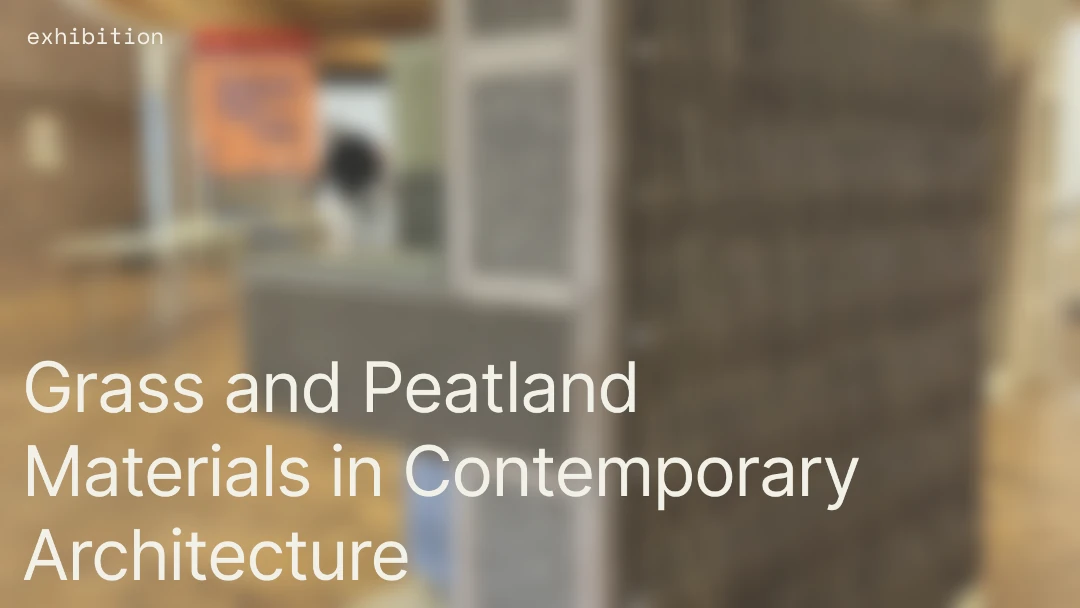
Bio
Wiebke Ahues is an accomplished architect with 22 years of experience, having held pivotal roles at renowned firms such as Max Dudler, David Chipperfield and most recently Studio Director at Henning Larsen Architects, Berlin. Wiebke is also a board member of the Berlin Chamber of Architects and an associate partner at LXSY ARCHITEKTEN. In her latest endeavour, she is active in the field of circular planning and construction, committed to shifting towards environmentally conscious building processes.
What drives you?
My ambition is to deliver high class architecture and the kind of redefinition of what it could be. Having worked for so many years in very ambitious design offices, I reached the point where I questioned how we deliver architecture and what goals it is based on.
So the ambition entails questioning how we care, how we work, how we learn and all these aspects. I think the topic of sustainability is something that we need to integrate much more deeply into our process. Focusing on urgent matters such as conserving resources and avoiding product waste.
What does sustainability mean to you?
To me it means a new context. We have to design within a new context.
My diploma was about building in historical context, and context usually forces us to design within constraints, which comes with a great output because we really have to solve issues, providing us with content to our work as well as value.
We are used to constraints around costs, urban or historical context, but I think sustainability issues will force and lead us to new design strategies and entirely new processes…so this intersection is what it means to me at the moment in my daily work life to try to stretch these boundaries.
What are the main challenges today when you look at sustainability in the built environment?
I think it starts with mindset, courage and taking risks. Partly, we have a kind of generational issue in our society. I think many decision makers have a lot of experience which is great on one hand, but on the other hand it holds you back from taking a new path.
There are of course other constraints or obstacles to overcome. Especially in Germany, these obstacles are very much attached to our planning processes, the way we get paid and the way we organise designing.
I do believe the political side will change much faster than many of us might think, it will come through European law sooner or later. Many countries which are already ahead with regulations in sustainability matters will adapt further. So I think from the political side, I am not too worried… but I really see that there's a lack of every day planning processes and habits, this is very much connected to being brave as a client and embracing this challenge now.
You briefly mentioned that the political changes will adjust sooner or later, what is your opinion on all the current transformation progress across the industry?
I think we are far too slow, especially in Germany compared to other countries. We can see that we are surrounded by neighbours who are really challenging the building industry.
I also have the feeling that it's difficult in a very large democracy to overcome the lobby politics of our Industries and this is something which is quite obvious in Germany. We tend to stick to industries that might not be the future industries…
So the current progress is too slow but on the other hand, I think there is a lot of work done by the European parliament already and I see that countries like Netherlands, France and Denmark are pushing boundaries and I think Germany will be forced to adjust very quickly.
How do we move towards a new palette of Materials?
Building is always about taking risks. You would never say a building is a safe product. It is always a process and there are always risks to take in this building process. So the question is, which risks do we tolerate and how do we prioritise constraints? I think this really needs to change. I mean we do a lot of research and practice with reused materials.
In Germany we have a waste law that says that as soon as you tear down a building the material gets categorised under this waste law and it's not possible to work with it anymore. It becomes a bit like food waste. We tend to stick more to an expiration date written on the label, rather than our intuition and common sense.
I believe this is a very important part of the discussion around sustainability. Because it is not a political thing, I believe it's more about readapting the mindset my grandmother had when she managed her household — you use what is there and make the best of it. People after the war had to use what was available. Why shouldn’t this be a priority in times of resource scarcity?
So we at LXSY ask ourselves, how do we define excellence at the moment? Is it really to always get a lot and everything becoming cheaper over time? Do we really need to throw things away? We have to look into quality and be brave enough to define quality by ourselves. With our projects and their success we want to encourage more people to do so.
In addition, we have to implement new processes much earlier in the entire process. As an example, I worked on the Morland Mixité Capitale Project in Paris with David Chipperfield. We worked with a bureau that made a building catalogue for all the materials within the existing building so we could reuse them. But this catalogue came too late in the process so it was not possible to integrate it into the finalised design.
Our search for materials and our material catalogues need to be the very first thing. They need to be there in the process where we are still in the schematic design, so the materials fit in and inform the design. Again, this is about priorities.
Where should the industry stand by 2030?
I think we have to shift this idea that building costs are mainly materials and a percentage is planning and consultants fees, and instead start looking into our processes.
I know this is difficult but I think the issue of building costs will be much more unpredictable in future. So we have to take a step back, away from how we measure the entire process today. We have to focus on using as much material which is already there or is grown in our local area.
We will shift to designing more and using less. This also means valuing the human work of measuring material and dealing with these new processes. And we will have to focus on the efficiency of materials.
My hope for 2030 is a kind of change in aesthetics towards circular design. It is not an intellectual idea of aesthetics, but rather an emotional feeling towards the spaces surrounding us, where we feel our buildings. Intelligent use of what is there — not minimalist decadence — will give us a sublime feeling. The appropriate will seem pleasant to us.
Do you have any advice for those who strive to make changes?
I think it's important to really check your personal values, find circumstances where you have the feeling you thrive much more than adapting to existing structures.
At the start of my career I wanted to understand how excellent design works and how you deliver a building. I wanted to learn. Once you understand the first steps of handling this difficult profession then its important to take a step back and look at where you are and ask yourself does it really fit? And is this the way where you can have the best impact?
And I think this is the question everyone should ask him or herself after some years of experience.




























